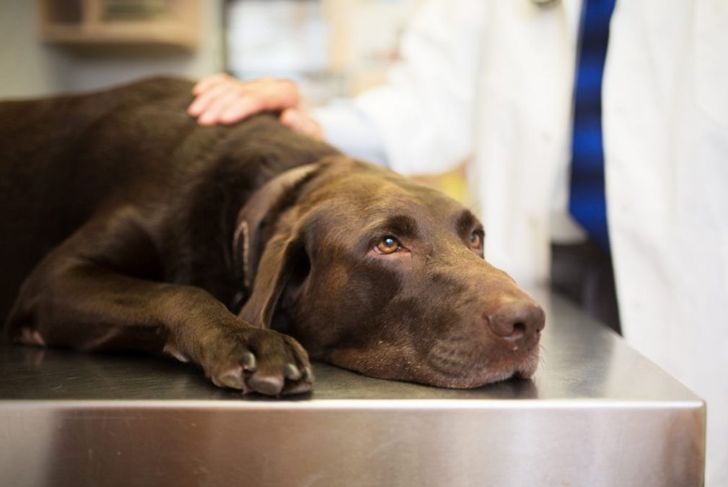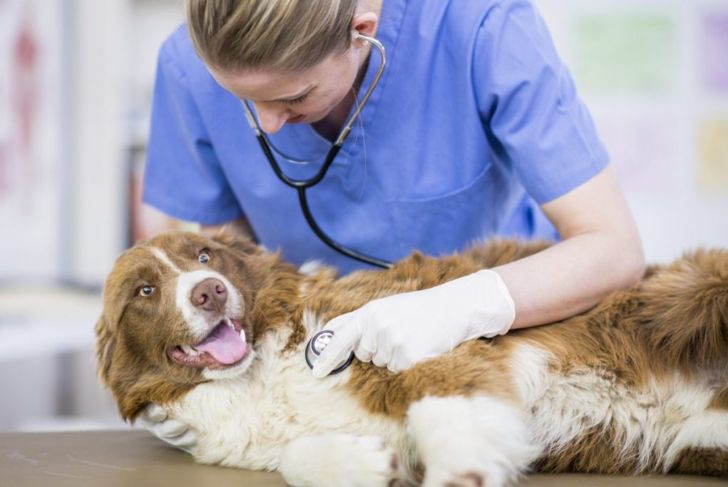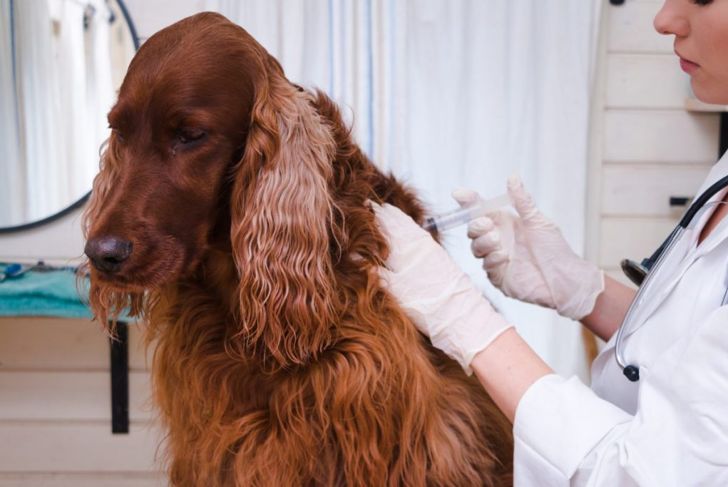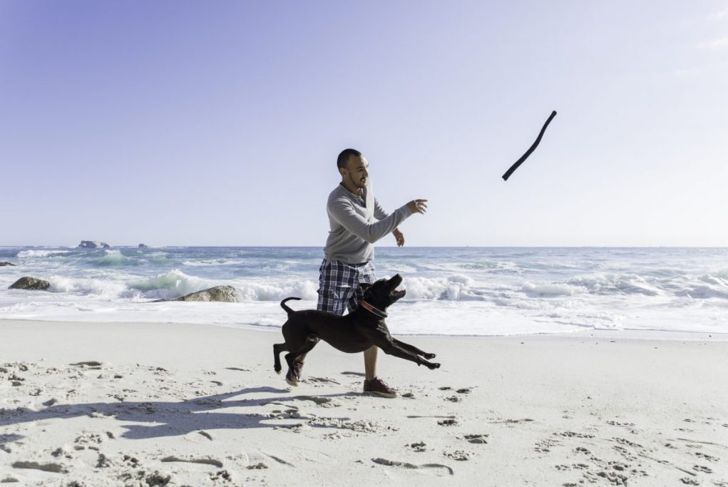Most dogs throw up from time to time, and there’s usually no reason to worry about it. However, sometimes, vomiting can be an indication of a bigger problem called pancreatitis. This is a fairly common condition that can affect dogs of all ages and breeds, although some dogs are more prone to it than others. Since pancreatitis can affect any dog, it’s a good idea for all dog owners to be able to recognize the symptoms and know when to call a veterinarian.
What Is Pancreatitis?
The pancreas is an organ that makes up part of your dog’s digestive system. It plays a critical role in maintaining your dog’s health since it produces enzymes that help dogs digest food. The pancreas also produces insulin, which helps regulate blood sugar. Sometimes the pancreas can become irritated or inflamed, which is when pancreatitis occurs. This causes it to stop working properly and can cause significant health problems for your dog. In severe cases, it can even be fatal.
The Causes of Pancreatitis
Pancreatitis often has its roots in nutritional issues, such as high levels of fat or calcium in the bloodstream. It can also be caused by an unusually large amount of fat being consumed at once, such as if your dog gets into fatty human foods, or be a reaction to certain medications. Other underlying illnesses, such as hypothyroidism, can also cause pancreatitis. In some cases, there is no apparent cause for it.
The Symptoms of Pancreatitis
In most cases, the most obvious symptoms of pancreatitis are persistent vomiting and a loss of appetite. Dogs with pancreatitis typically also have significant pain in their abdominal area. There may be visible swelling in the abdomen, but that isn’t always obvious. Some dogs may also have diarrhea. Dogs experiencing pancreatitis may be restless or lethargic.
Diagnosing Pancreatitis
If a veterinarian suspects your dog may have pancreatitis, one of the first steps is to draw blood. The vet will test the blood for signs like increased levels of certain enzymes or other signs of a problem with the pancreas. They may also order imaging studies, such as x-rays or an MRI, to look for swelling and rule out other possible causes.
Treating Pancreatitis
Acute pancreatitis is a very serious illness, so your veterinarian may recommend that you hospitalize your dog. Dogs with pancreatitis are usually given intravenous fluids to help them stay hydrated, as well as pain medication and anti-vomiting medication to help them stay comfortable. Antibiotics may also be necessary as sometimes an infection can develop as well. Your dog may not be allowed to eat or drink anything for at least 24 hours to let the pancreas have time to recover.
The Risk Factors
While any dog can get pancreatitis, some dogs are more prone to it than others. Overweight dogs tend to get it more often, as do older dogs. Female dogs are somewhat more likely to get it than male dogs. Certain breeds also have a high rate of pancreatitis. These include miniature schnauzers, miniature poodles, and cocker spaniels. Dogs with hypothyroidism or other endocrine disorders are also more likely to get it.
Preventing Pancreatitis
One of the best ways to avoid pancreatitis is to keep your dog fit and at a healthy weight as obesity is one of the biggest risk factors for the disease. In addition, avoid feeding your dog fatty foods. Veterinarians tend to see a large increase in pancreatitis cases during the holidays when people share human treats with their pets. Stick to treats designed for dogs, and be sure to keep trash containing fatty or greasy foods out of your dog’s reach.
Similar Conditions
Some other diseases may have similar symptoms, which can make it difficult for you to tell what is going on with your dog. Gallbladder problems also often cause abdominal pain and vomiting. Chronic pancreatitis, which tends to flare up frequently but is fairly mild, may be difficult to distinguish from acid reflux, which also causes frequent vomiting and gagging. Fortunately, your vet has plenty of diagnostic tools to get to the root of the problem.
When to Call the Vet
There’s no need to call a vet every time your dog throws up or has a sub-par appetite, but if your dog is throwing up for most of the day or is refusing food for longer than a day, it’s time to call your veterinarian. If your dog is throwing up and becomes lethargic or seems to be in pain, it’s also a good idea to call your vet even if it hasn’t been happening for very long. Some dogs may also experience mild but frequent bouts of pancreatitis, which they may recover from on their own. If your dog frequently seems to vomit or have a bad appetite, talk to your vet about potential causes.
Prognosis and Recovery
Dogs with pancreatitis generally recover well, but their long-term prognosis depends on how well their owners can care for them. If your dog has a bout of acute pancreatitis, your veterinarian may work with you to develop diet and exercise plans to help keep your dog at a healthy weight. You will also need to be very careful to keep your dog away from fatty treats, as dogs who have had pancreatitis before are more likely to get it again. If their owners are able to follow these rules, most dogs make a full recovery.

 Home
Home Health
Health Diet & Nutrition
Diet & Nutrition Living Well
Living Well More
More




















